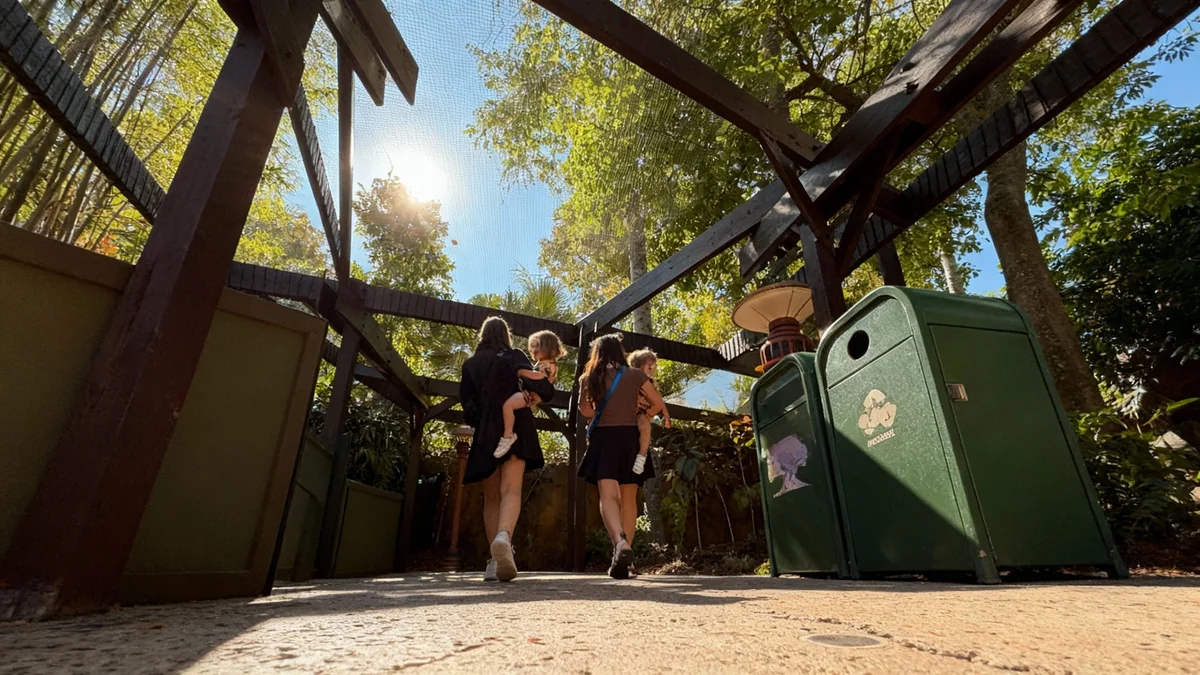The ambitious redevelopment of Penn Station is moving forward with a strong emphasis on the needs of Long Island Rail Road (LIRR) commuters. Project leaders confirm that these daily travelers will be a top priority in the station's reimagining, which may even involve relocating Madison Square Garden.
Key Takeaways
- Penn Station redevelopment prioritizes Long Island commuters.
- Relocation of Madison Square Garden is a possibility.
- Federal government seeks a 'master developer' for the project.
- Construction aims to begin in 2027.
- Project seeks both public and private funding.
Federal Oversight and New Leadership
The U.S. Department of Transportation officially began its search for a "master developer" for the reimagined Penn Station. This marks a new phase for the project. Firms are now invited to express interest, with formal proposals expected by next spring. The goal is to start construction by 2027.
U.S. Transportation Secretary Sean Duffy stated federal officials are "cutting through the red tape to meet our ambitious timeline." He expressed confidence that the project will bring together "the greatest minds to create an unmatched symbol of American architecture and infrastructure" for decades to come.
Project History
The Trump administration took control of the Penn Station redevelopment in April. Previously, the Metropolitan Transportation Authority (MTA) led the effort. Control was then handed over to Amtrak to lead the project. This change raised concerns among some that the needs of LIRR customers, who account for the majority of train traffic, might be overlooked in favor of Amtrak users.
Prioritizing All Commuters
Andy Byford, special adviser to the Amtrak board and the Penn Station project leader, addressed these concerns directly. He confirmed that the redevelopment plan will benefit all users of Penn Station. This includes commuters on the LIRR, Amtrak, and New Jersey Transit.
"I am looking for a proposal that will benefit all users of Penn, including those on the LIRR, Amtrak and New Jersey Transit," Byford stated in a conference call with reporters.
Byford highlighted common interests among the three agencies. These include improved signage and a less confusing station layout. The project also aims for efficiencies, such as a single cleaning contract for the entire station.
Did You Know?
- The Long Island Rail Road (LIRR) operates the most trains in and out of Penn Station daily.
- Penn Station is one of the busiest transportation hubs in the Western Hemisphere.
- Current conditions are often described as cramped and dark.
Madison Square Garden Relocation
A significant aspect of the redevelopment involves Madison Square Garden (MSG). The arena sits directly above Penn Station, contributing to its current dark and congested environment. Byford confirmed that Amtrak will not rule out proposals that require relocating MSG.
Several developers have already presented visions for a re-imagined Penn Station. Some of these concepts involve demolishing part or all of MSG. Officials from Madison Square Garden declined to comment on Thursday.
Design Requirements for Proposals
Project officials have set specific conditions for developers' proposals. These conditions aim to transform the station experience significantly. One key requirement is to bring natural light into the station. The current design lacks natural light, making the concourses feel subterranean.
Another crucial condition is replacing the existing bi-level layout with a single-level design. This change would allow for taller ceilings, creating a more open and less confined atmosphere for passengers. The aim is to make the station more intuitive and easier to navigate for everyone.
Funding and Future Outlook
While Governor Kathy Hochul previously estimated the cost of rebuilding Penn Station at around $7 billion, Byford did not provide a new price tag for the current project. He also did not specify the exact funding mechanisms.
However, Byford indicated that public funding would be available through federal grants and loans. Project officials also plan to pursue private funding. They have hired a public-private partnership consultant to assist with this effort. This approach seeks to leverage both government resources and private investment to achieve the project's ambitious goals.
"This will be one of the biggest and most significant construction projects in U.S. history, and we want the most skilled and knowledgeable partners to help make it a success," Byford said in a statement.
The redevelopment promises to be a monumental undertaking. It aims to modernize a critical piece of infrastructure. The project seeks to improve the daily commute for hundreds of thousands of people and create a new gateway to New York City.





